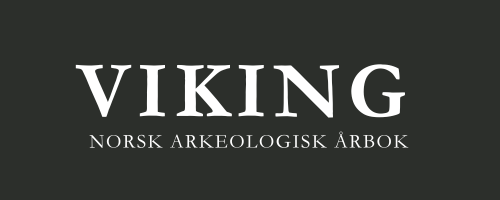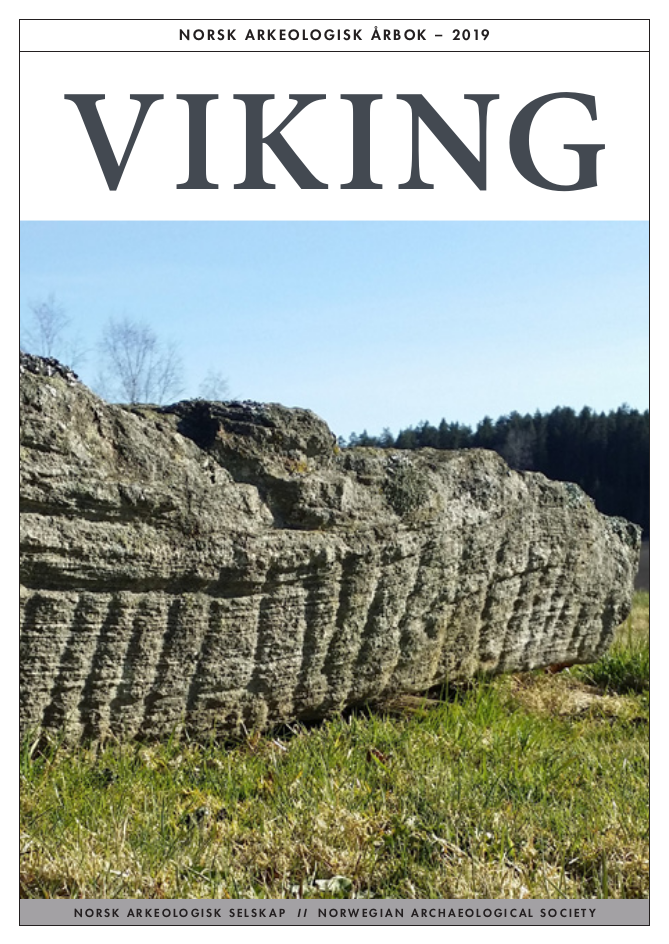Kildekritiske refleksjoner omkring metallsøking og myntfunn: Må mynthistorien skrives om?
DOI:
https://doi.org/10.5617/viking.7121Sammendrag
Reflections on metal detecting and coin finds: How reliable are the results?
Metal detecting have led to a large increase in coin finds, and the findings increase year by year. Virtually every find before the detectors' entry shows that the Norwegian coins are predominant in finds from the period 1050–1319. However, the detector finds provide different patterns of coin use compared to hoards, church finds, burial finds and single finds. Instead, coin finds recorded by metal detectorists provide an emphasis on foreign coins, especially English sterlings. New patterns of find distribution open up for radical different interpretations of mining, coin circulation and the administration and use of money in Norway during the Middle Ages. The question is whether we can rely on the detector findings as scientific source material.
Nedlastinger
Utgave
Seksjon
Lisens
Fra og med årgang 2016 er innhold i tidsskriftet Viking - dersom ikke annet er uttrykt - lisensiert gjennom Creative Commons Lisens BY-NC-ND-4.0. Dette betyr at innhold kan kopieres, distribueres og spres i hvilket som helst medium eller format, så lenge disse vilkårene er fulgt.



